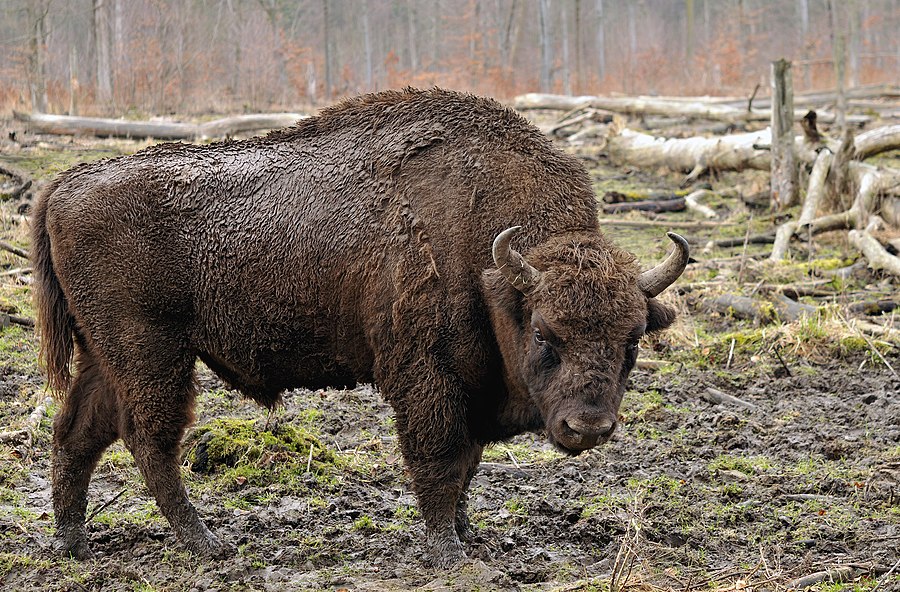Facts About European Bison, Wisent
The European bison, also known as the wisent, is one of two bison species still in existence today, the other being the American bison. Native to Eurasia, the European bison nearly went extinct due to excessive hunting, with the last wild animals of some subspecies being eradicated in the early 20th century. Fortunately, conservation efforts began in the late 1920s, and since then, several European countries have successfully reintroduced the species into the wild. Although the European bison remains classified as vulnerable, its population is steadily increasing.
Genetic studies reveal that the wisent is a hybrid, resulting from a mixture of the extinct steppe bison and the ancestors of the aurochs. This species holds significant cultural value, particularly in Poland and Belarus, where it is considered a national symbol. The European bison features in various artworks and heraldry and has even inspired the famous vodka brand Żubrówka, known for its distinctive bison grass flavor.
As the heaviest wild land animal in Europe, the European bison stands out with unique physical and behavioral traits compared to its American counterpart. These herbivores primarily graze on grasses and live in herds led by females. Poland plays a crucial role in breeding and reintroducing these majestic creatures, making significant strides in their conservation.
Despite the progress, the European bison still faces challenges such as inbreeding and habitat loss. However, dedicated conservation efforts continue to work towards ensuring the species thrives in the wild for generations to come.

 Georgia
Georgia